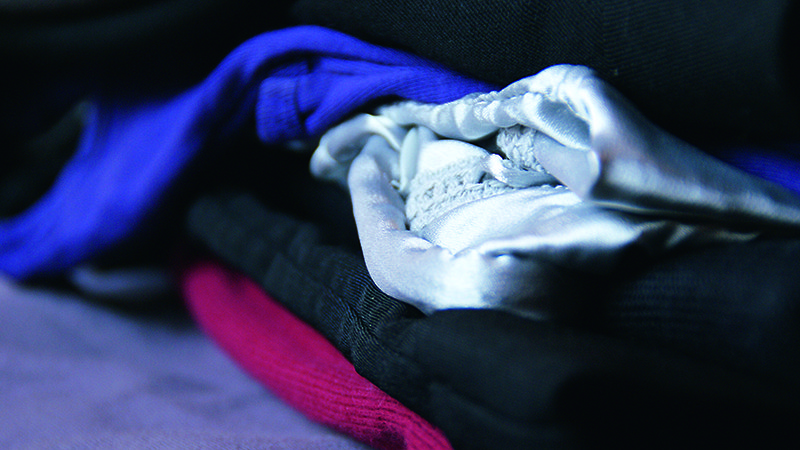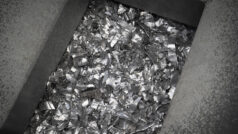Mistra Future Fashion can now present results after six years of research within textile recycling. For the first time new viscose filaments from cotton are demonstrated, produced by a successful chemical recycling process of polyester/cotton fiber blends. The process is called Blend Re:wind – and generates three circular outgoing product streams. Cotton is turned into new high quality viscose filaments and polyester into two pure new monomers.
The project focuses on chemical recycling of polyester/cotton (polycotton) fiber blends with the objective to separate and generate relevant outputs for future industrial use; polyester monomers and a cotton pulp suitable for regeneration into cellulosic textile fibers (such as viscose fibers). The full name of the process is ”Blend Re:wind – a Swedish process for the recycling of polycotton blended textiles”.
”Our separation process, Blend Re:wind, is developed having existing industrial processes in mind, and our aim is to integrate as much as possible to minimize both environmental and economic costs, while boosting businesses. Scaling up from lab scale is the biggest challenge at the moment, and it is also costly. The integration possibilities of the Blend Re:wind process would however address these challenges in feasible ways.”
“There are many brilliant recycling innovations in progress globally at the moment, highly needed for successful future recycling systems. Different processes will most probably be needed and we hope that Blend Re:wind is one of these on the global market in the future.” Says Dr Hanna de la Motte, theme leader Mistra Future Fashion, research scientist at RISE within cellulose chemistry and textile recycling, and internationally recognized expert.
According to the company the Blend Re:wind process include:
- High quality of the recycled filaments: Key focus has been on the cotton recycling stream and to produce high quality viscose filaments from the separated cotton residue, which is crucial for further industrial processing towards recycled fabrics.
- Complete recycling of polycotton blends with pure product streams at high yield: Viscose filaments have successfully been obtained from cotton separated from worn-out polycotton sheets. The filaments have the same quality as filaments made from commercial dissolving pulp used in existing viscose production. The separated polyester residue, polyester monomers, can be re-polymerized into high quality polyester. The monomers are suitable for integration with existing chemicals processes – partnerships are established and experiments performed.
- Good feasibility with existing industry processes: A strong benefit with this process is that the separation takes existing industries into consideration, and the aim is integration with existing forest and chemical industries, or other recycling options. The separation uses chemicals already utilized in the Swedish forest industry, and in the viscose industry, to facilitate possible integrations.
- Strong environmental performance: It is a suitable separation process since it is water based and uses only common, cheap bulk chemicals and a catalyst.







